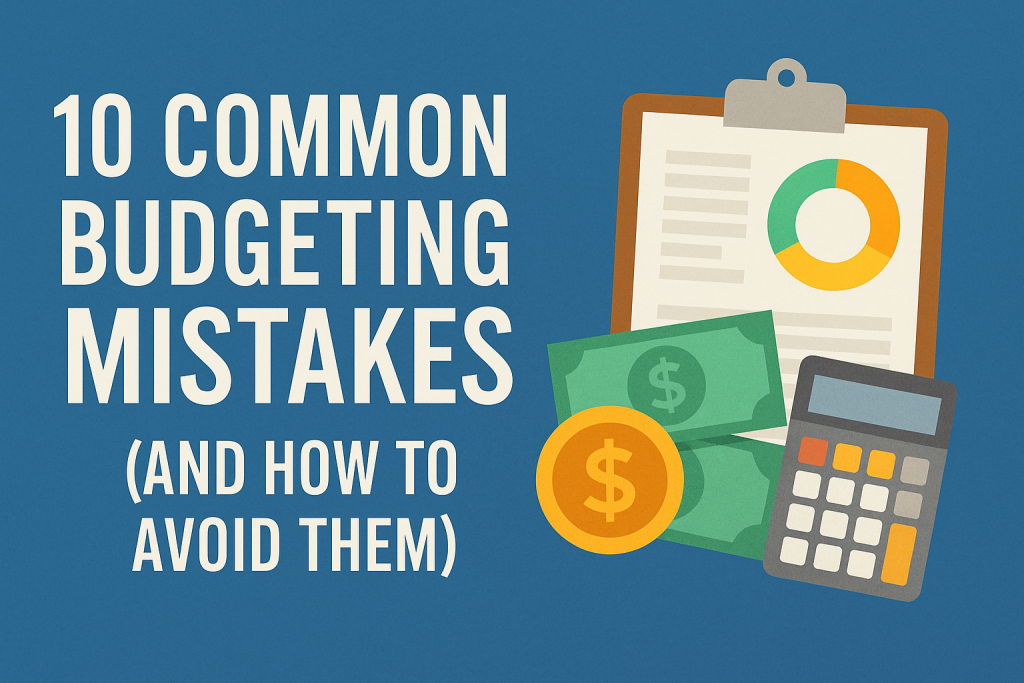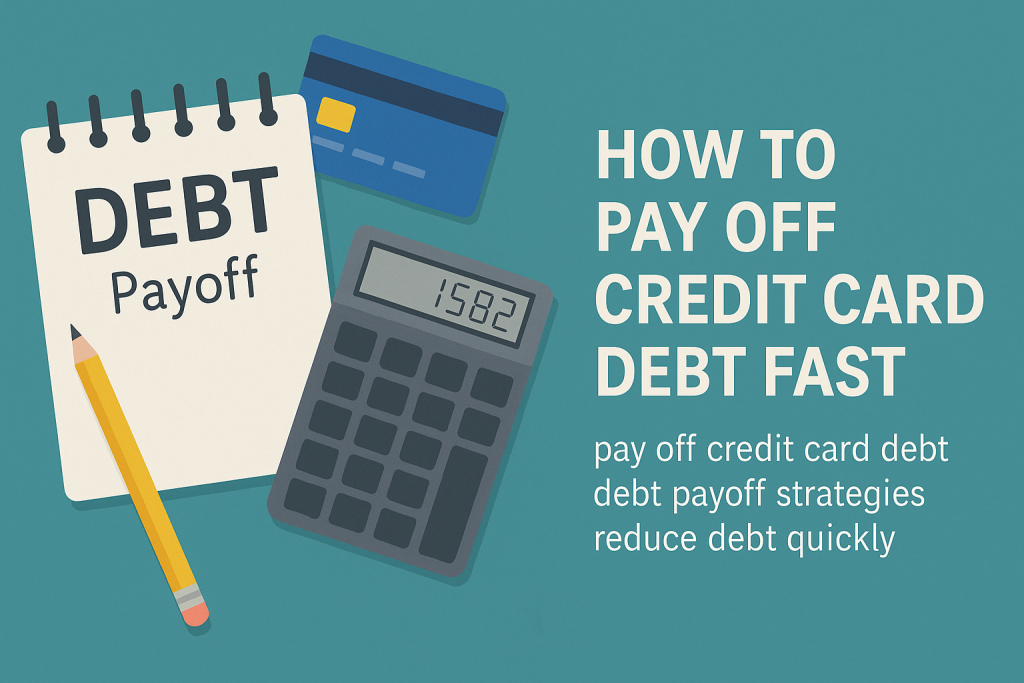Life is unpredictable, and having a financial safety net is crucial for peace of mind. An emergency fund is a savings cushion that helps you handle unexpected expenses—like medical bills, car repairs, or sudden job loss—without relying on credit cards or loans. If you’re starting from zero, don’t worry! This guide will walk you through practical steps to build an emergency fund from scratch, no matter your current income or financial situation.
Why an Emergency Fund Matters
An emergency fund is a key part of a healthy financial plan. It provides a safety net when life throws you a curveball, helping you avoid debt and stay on track with your financial goals. Without it, unexpected expenses can derail your budget and lead to long-term financial stress. That’s why building an emergency fund is one of the smartest saving strategies you can adopt.
How Much Should You Save?
Most financial experts recommend saving enough to cover three to six months of essential living expenses. However, if that feels overwhelming, start with a smaller goal—like $500 or $1,000—and build from there. The important thing is to get started, even if you can only save a little at a time.
5 Steps to Build an Emergency Fund from Scratch
1. Set a Clear Savings Goal
Determine how much you want to save based on your monthly expenses. List out your essentials—such as rent, utilities, groceries, insurance, and minimum debt payments—and multiply by three to six months. This will give you a target to work toward.
2. Create a Budget That Includes Savings
Review your monthly income and expenses to find areas where you can cut back. Redirect those savings into your emergency fund. Even small amounts—like $20 or $50 a week—add up over time. Remember, consistency is key when building your financial safety net.
3. Automate Your Savings
One of the easiest ways to stay on track is to set up automatic transfers to your savings account. Treat your emergency fund like a recurring bill—you’ll be less tempted to skip contributions, and the money will grow steadily without much effort.
4. Find Extra Sources of Income
If your budget is tight, consider ways to earn extra income. Freelance work, part-time jobs, selling unused items, or turning hobbies into income streams can all provide a boost to your savings. Use this extra cash to accelerate your emergency fund progress.
5. Keep Your Emergency Fund Separate
To avoid accidentally spending your savings, open a dedicated savings account for your emergency fund. This helps you mentally separate it from your everyday spending and keeps your financial safety net intact for true emergencies.
Tips for Staying Motivated
Building an emergency fund takes time, so celebrate small milestones along the way. Whether it’s saving your first $500 or hitting your three-month goal, every step forward is a win. Remind yourself of the peace of mind and financial security you’re creating for your future.
Final Thoughts
Starting an emergency fund from scratch may feel challenging, but it’s one of the most valuable saving strategies you can implement. By taking small, consistent steps, you can build a solid financial safety net that protects you from unexpected financial shocks. Start today, stay committed, and give yourself the gift of financial peace of mind.


